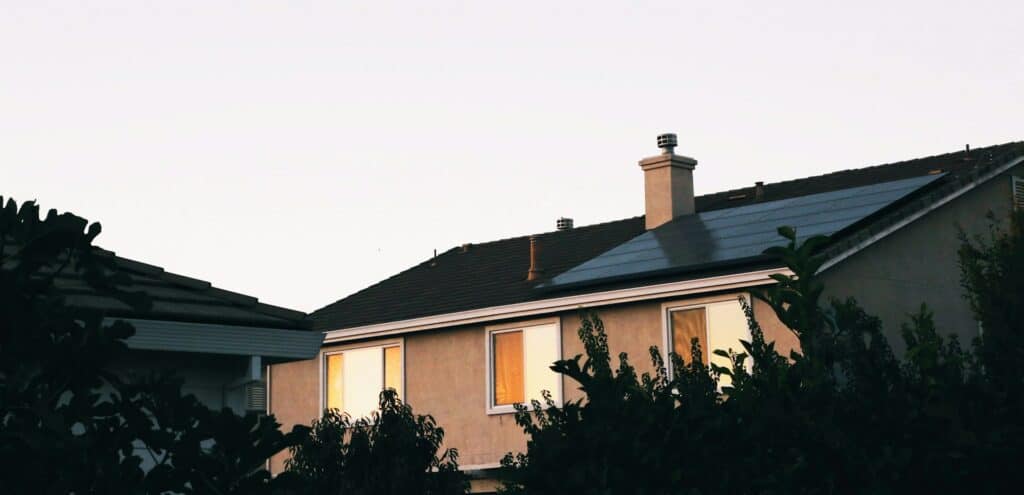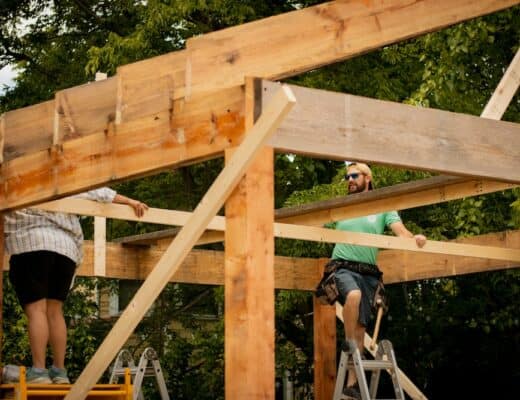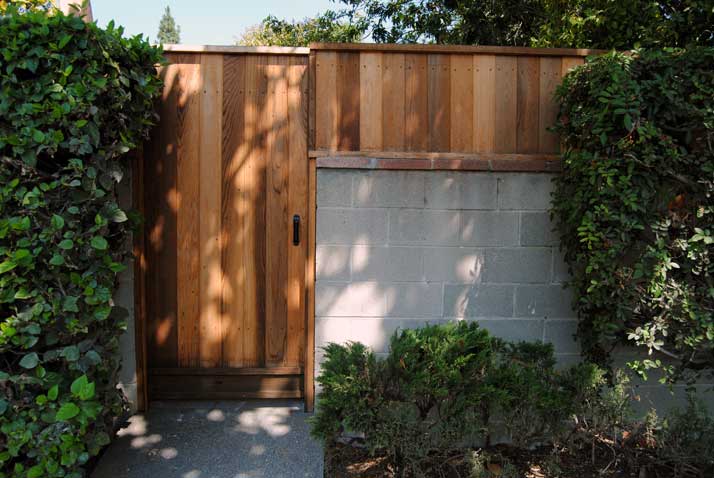Building a green home is a noble endeavor, but the realities of planning and budgeting take it to another level.
These tips should help you decide whether to make the choice. The main point is to choose materials that support the long-term viability of the home. Sustainability and environmental impact are the core tenets of building a green home.

1. Your lifestyle matters
Before you even sit down to plan your new home, Seville says you must look at your family’s habits. “Do you always leave the television or lights on when you leave the room?” Seville asks, advising clients to take inventory of their electronics. If your walls are decorated with digital picture frames or you leave the AC on even if it’s breezy outside, you might need to shape up your personal power habits before you build a new house. “Occupant behavior is the biggest predictor of energy use,” Seville says, reminding us that wasting power cancels out the benefits of an energy-efficient home.
2. You are not alone
Once you’ve taken stock of your habits and decided to build green, your first call should be to your local green homebuilders association. These organizations, like Atlanta’s EarthCraft House, are educational nonprofits that hold builders to the most up-to-date environmental processes and practices as well as ensure that you, the consumer, understand what is going on and why.
Georgia Pacific’s Barry Reid says these associations also provide inspections that enforce attention to detail. “Important but small items like chimney flashing are often installed incorrectly. This can make a huge difference in the efficiency of your home,” he says. Rest assured: even though you don’t know what a knee wall is or whether your materials are sustainable, these experts do. Builders must adhere to rigid sustainability criteria for a home to be certified with one of these organizations.
3. Location, location, location
As you learn about the green construction methods and features of your future dream house, you should also seriously consider your future ZIP code. People tend not to think about their neighborhood choices as affecting their carbon footprint, but according to Seville, they should. To maximize the sustainability of your new home, think about building in a location that allows you and your family to walk, bike, or take public transportation. “Choosing a walkable neighborhood means your family will consume less energy in the long term,” says Seville.
4. Size matters
Found a cute, urban lot near some great schools and cultural activities but worried that a big house wouldn’t fit inside your perimeter? Fear not. Seville says, “Smaller is better if your home design is right — people tend to like cozy spaces over very big ones anyway.” He has noticed a trend away from 10,000 square-foot McMansions toward smaller homes and recommends the Not So Big House books by Sarah Susanka, an architect who teaches readers to seek smart designs and use “less space to give a greater quality of life.” Designing a home from scratch offers the perfect opportunity to use less and create much more for your family and the environment. Think of it this way: smaller house means fewer resources spent in its construction and more efficiency over the time you’ll spend living there.
5. Orientation
It’s extremely important to design a home that utilizes sunlight to illuminate and help regulate temperature in your home. Your home could be oriented differently from that of your neighbors, depending on your elevation and geographical location — and the United States has eight climate zones, so this really does vary. You want to maximize sunlight and air circulation, so make sure your builder and architect take this into consideration when mapping out your habitat.
6 and 7. Control your energy use and go with the flow
It’s almost impossible to separate the notions of energy efficiency and airflow in a sustainable home. Reid says, “New home builders want to know how they can reduce their burden and their expense. Energy efficiency and air flow have become intertwined.” Reid emphasizes design of the “building envelope” to make sure the right amount of insulation falls in the right places for a tightly built home. If your walls are wel-insulated and your high-quality windows are aligned properly to allow air to circulate, you will already be cutting your energy bill considerably, Reid says. A well-designed and insulated home keeps the heater running less in the cold months and the air conditioning running less when it’s ho
8. Stop moisture in its tracks
“Good building practices don’t allow moisture to accumulate in the home,” says Reid, who has seen more than his fair share of moldy wall assemblies, basements, attics and closets. He says, “People are always surprised by how leaky houses are, by how much water is actually getting into your home through places like vents, windows or tops of doors.” Everything from a rain storm during frame construction to a leaky pipe under a sink can challenge the structure of your new home, so a builders needs to make sure your house manages this water with care.
The other element of the water management equation in a new home is runoff. Builders must take into consideration soil erosion and storm water to protect both your home and the surrounding environment. Everything from the type of landscape in your front yard to a rainwater collection system can chip away at your carbon footprint, and your green homebuilders association will have set requirements for this.
9. Process makes perfect
The most important aspect of your new home design is probably something you cannot see, touch, or easily quantify: processes. “Our society prefers things,” says Seville, “We want solar panels or something we can brag about, but a well-built house is a sophisticated thing.” Seville can’t emphasize enough the importance of good design in an Earth-friendly new home. “For example, your designer should lay out your pipes so the hot water gets to the faucet without you having to run the water for a long time, wasting all that cold water.” The three main legs of the home efficiency stool (energy efficiency, air flow, water management) rely heavily on the processes your home uses to handle these elements. Is your HVAC system in the attic or the basement? Do you have the right size furnace for the space you inhabit? Don’t approve blueprints until you’ve discussed their efficient methods and verified with your green HBA.
10. Material science
Reid says that, while other elements such as smart insulation and proper ventilation are the big factors in a green home, you can make a world of difference in the materials you select to both build and finish your home. An obvious choice would be purchasing EnergyStar appliances, but Reid says, “most people know the fridge is a huge energy pig, but there is more to do than making sure you have a low-flow toilet.”
photo: Franck-Boston/iStockphoto




1 Comment
You have received 1 message(-s) # 553. Open >> https://telegra.ph/Ticket--9515-12-16?hs=ace7449c827092370855375856badc59&
December 19, 2024 at 1:56 pma85cjb